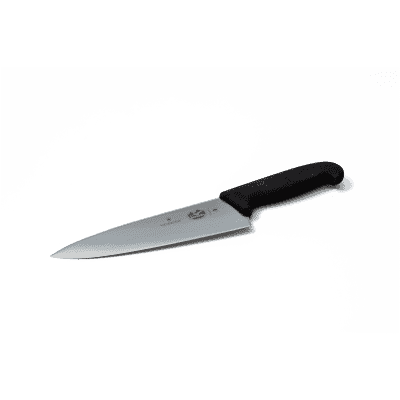Many supermarket turkeys come with a pre-inserted timer set to pop when the turkey temperature reaches 178 degrees Fahrenheit. But if you wait that long your breast meat will be dry and overcooked. We recommend that you remove the bird from the oven when the breast temperature reaches 165 degrees and the thickest part of the thighs reaches between 170 and 175 degrees.
How to Temp and Rest Your Turkey
Published Oct. 5, 2015.

How to Take the Turkey Temperature
Turkey Breast Temperature
To take the temperature of the breast, insert the thermometer into the deepest part of the breast, holding it parallel to the bird at the neck end. Confirm the temperature by inserting the thermometer in both sides of the breast, being careful to not go so deep as to hit the bone (which can compromise the reading).
Turkey Thigh Temperature
To take the temperature of the thigh, insert the thermometer into the thickest portion of the thigh away from the bone. Confirm the temperature by inserting the thermometer in both thighs.
Here are 3 more tips to know when your turkey is done:
1. Don't be afraid of a little pink meat.
Just because a slice of turkey has a pinkish tint doesn't necessarily mean it’s underdone. In general, the red or pink color in meat comes from the red protein pigment called myoglobin in the muscle cells that store oxygen.
2. As long as the meat has registered the prescribed temperature on your thermometer, it's perfectly safe to eat.
Dark meat does take longer to cook than white meat because it stores and uses oxygen differently. Turkey legs are composed of active muscles that are fattier, denser, and require more time to come up to the perfect turkey temperature.
3. The turkey needs to rest before carving.
About 45 minutes or so gives it time to reabsorb the juices; otherwise they’ll dribble out when you slice, and the meat will be dry. Don’t tent the turkey with foil to keep it warm while it’s resting; it’s unnecessary and will make the skin soggy. As long as the turkey is intact, it will cool quite slowly.




